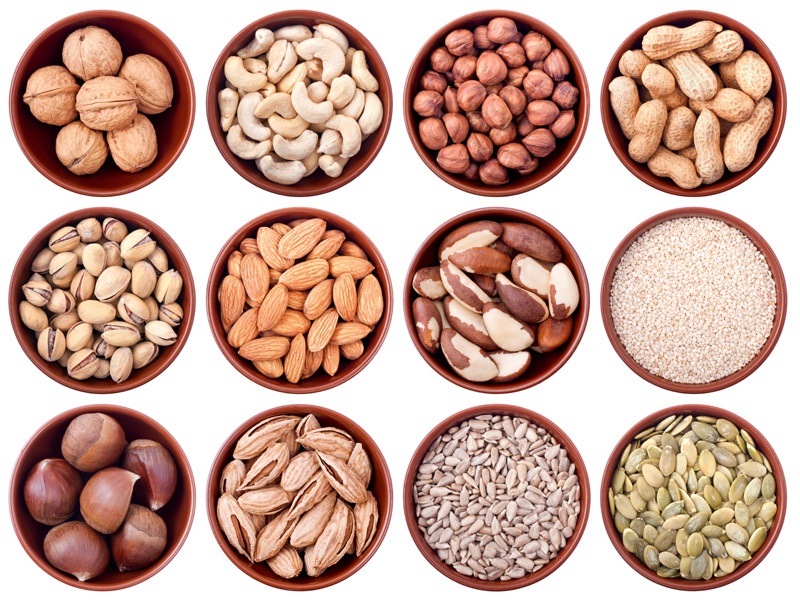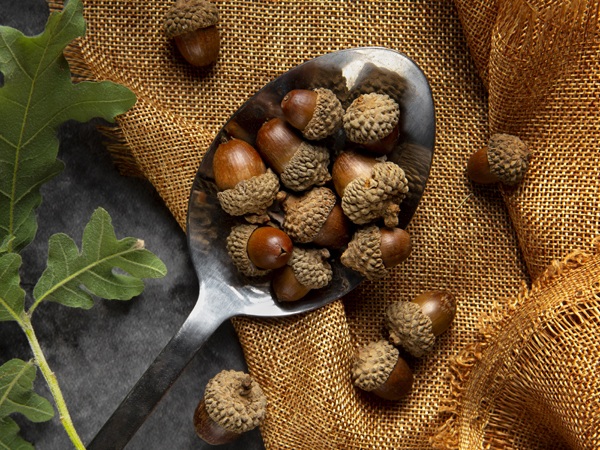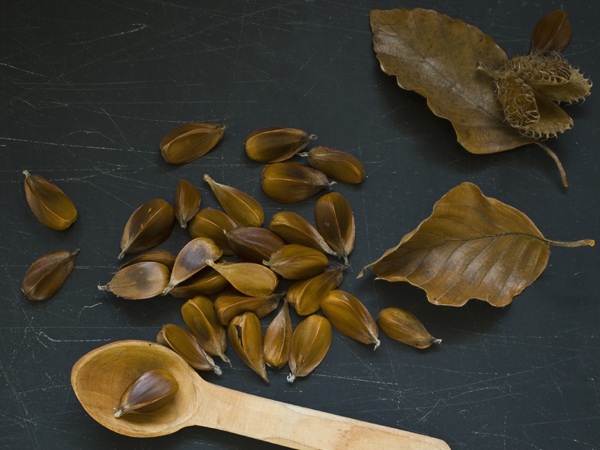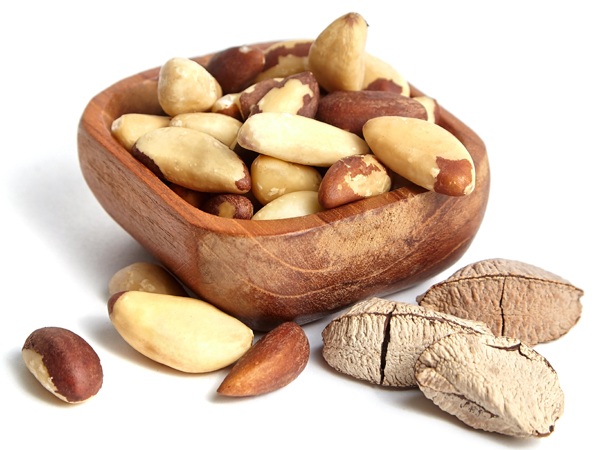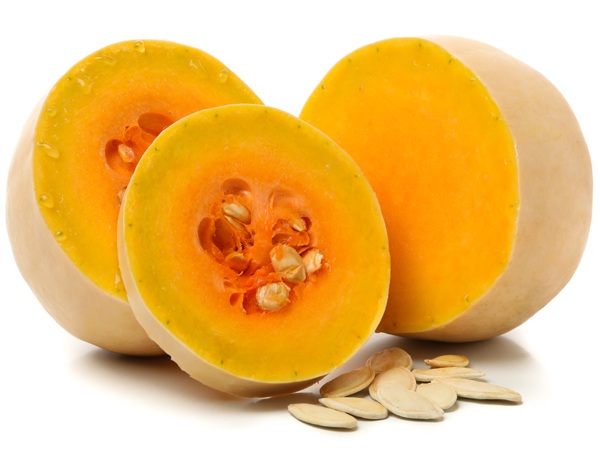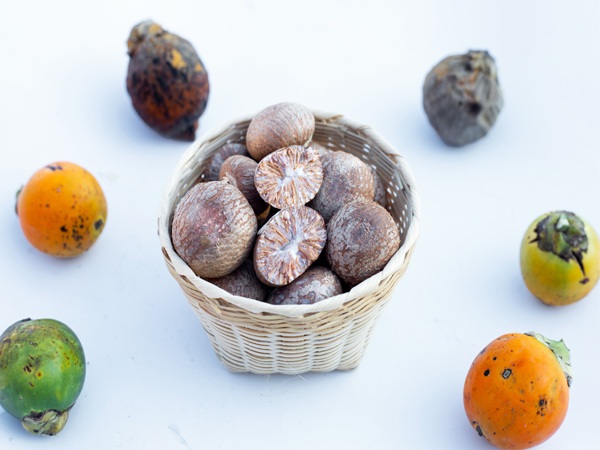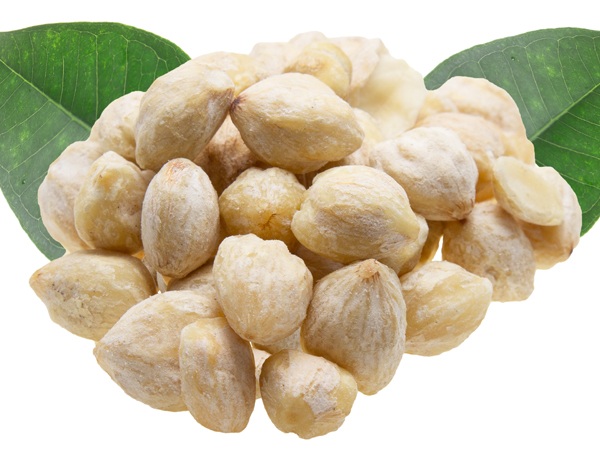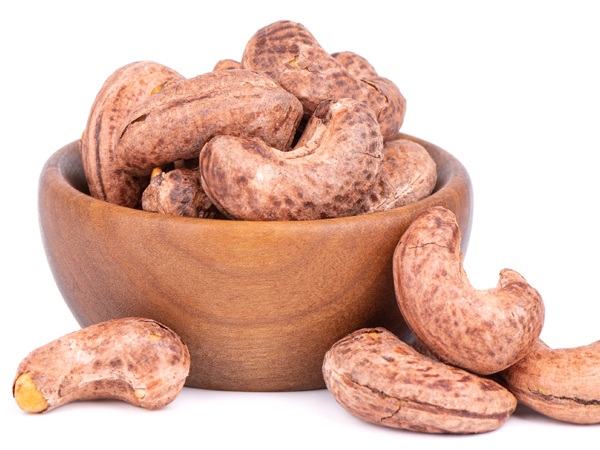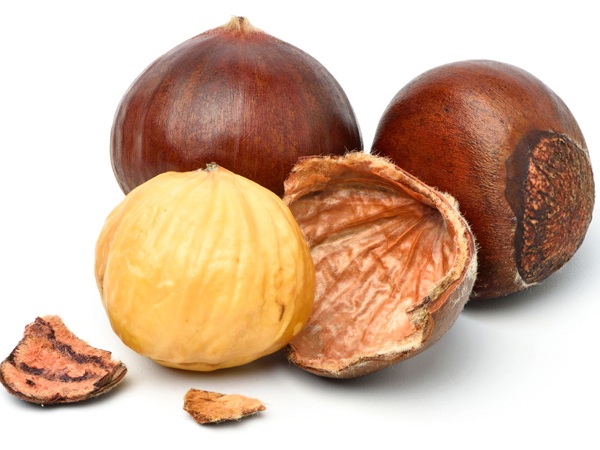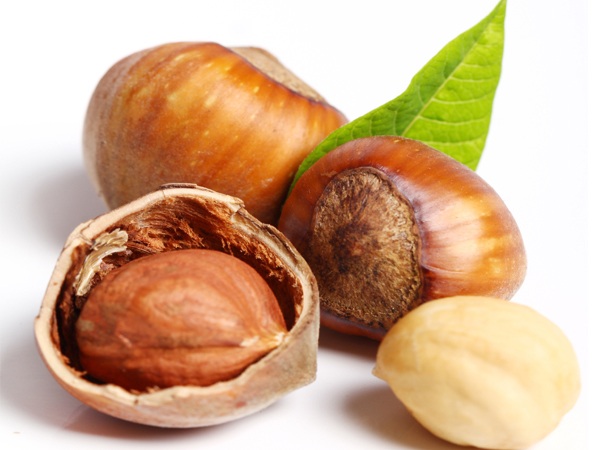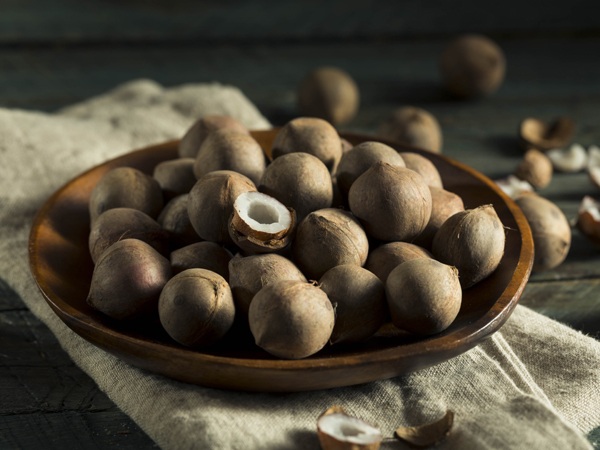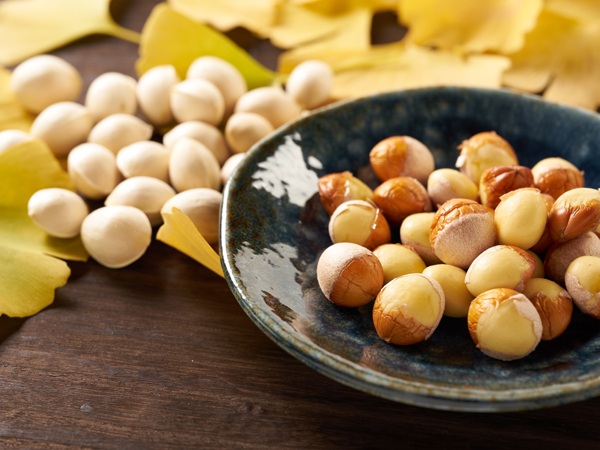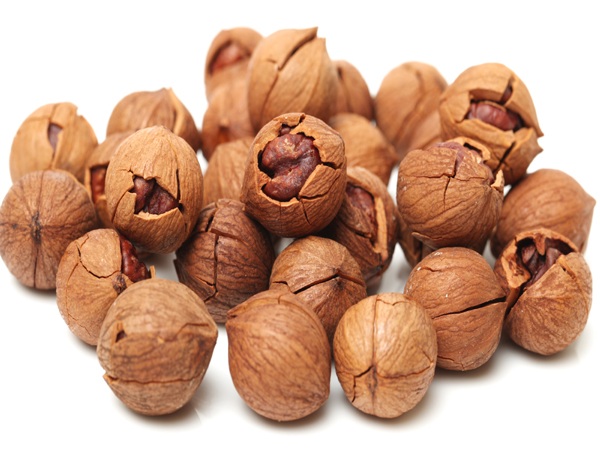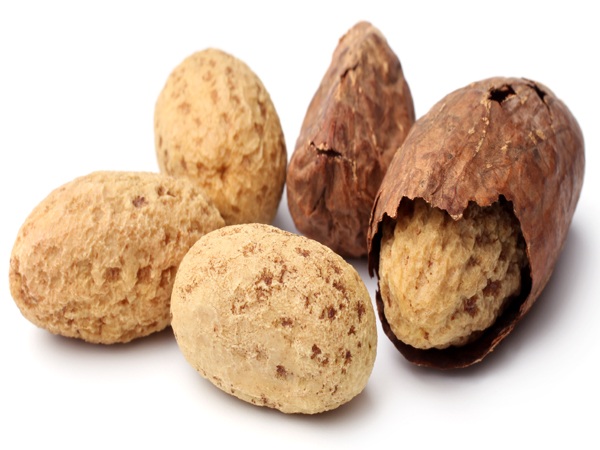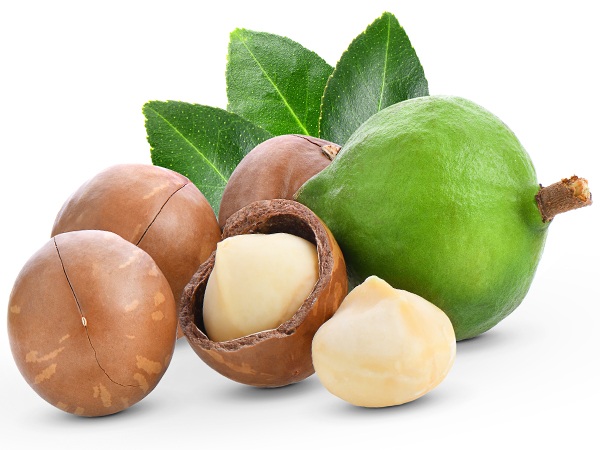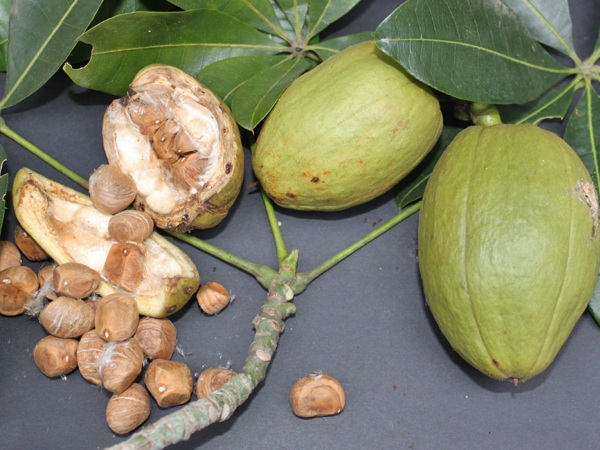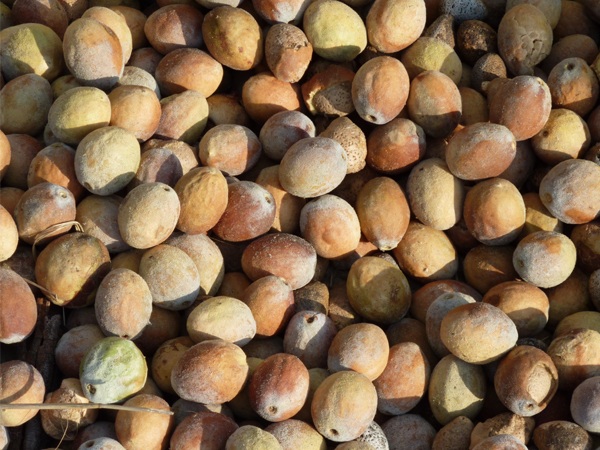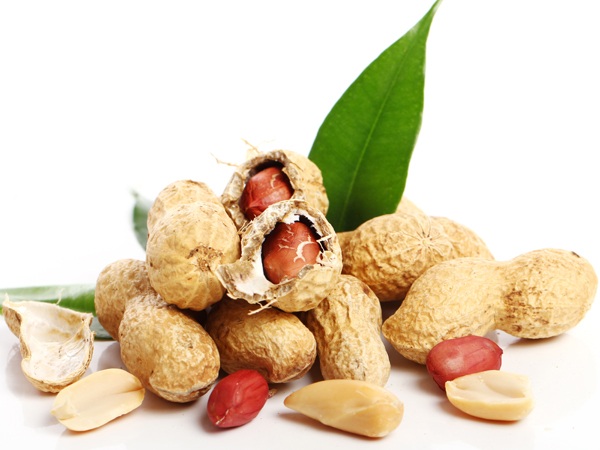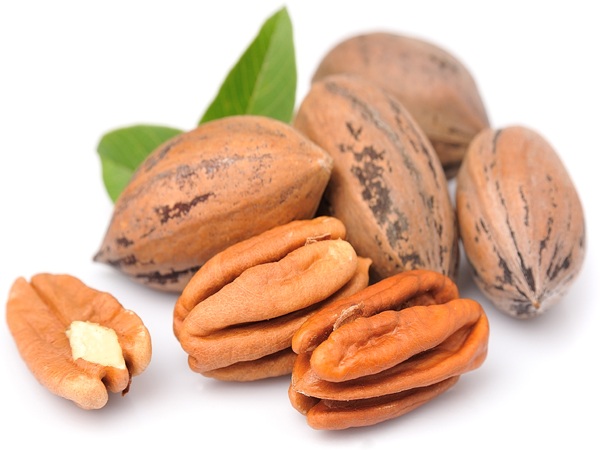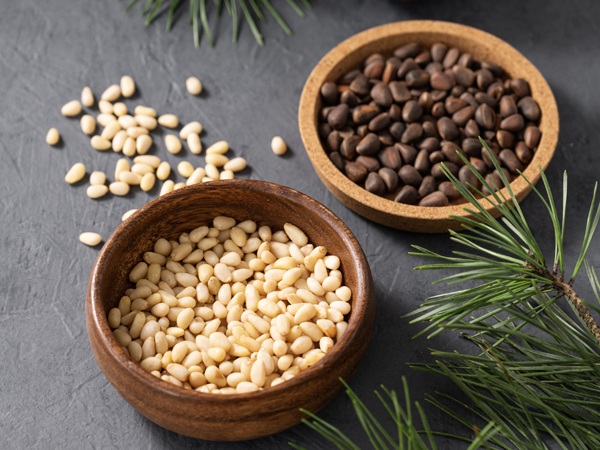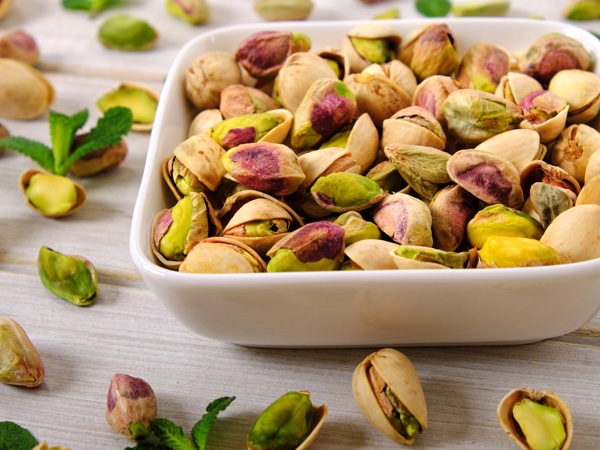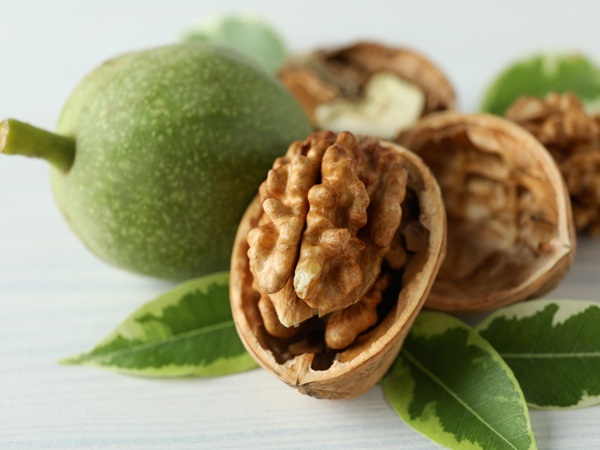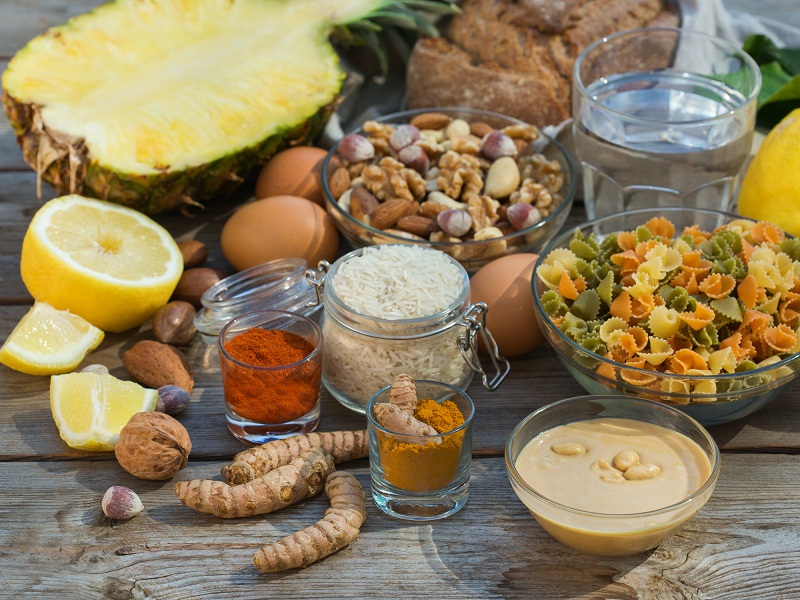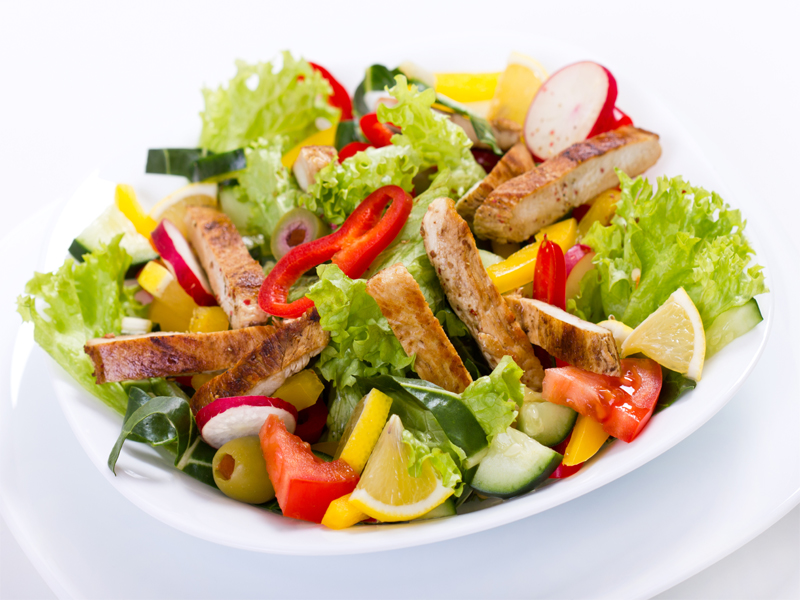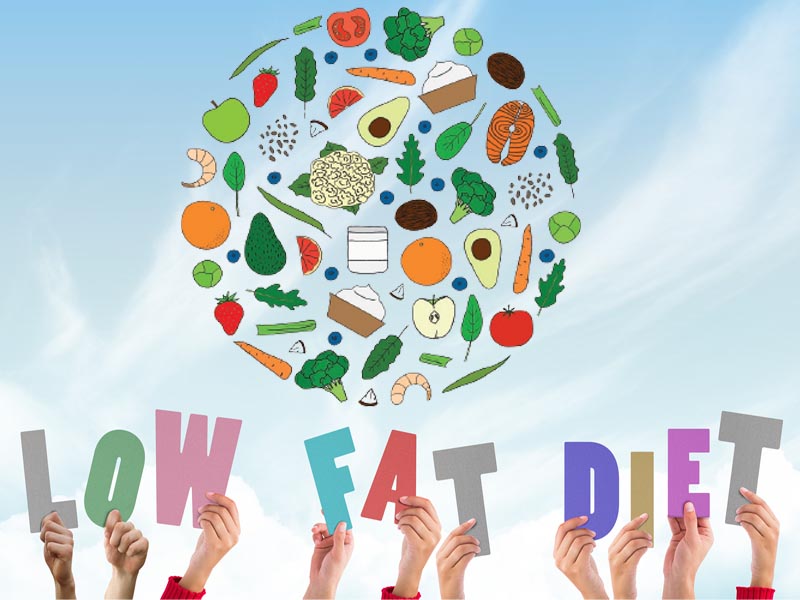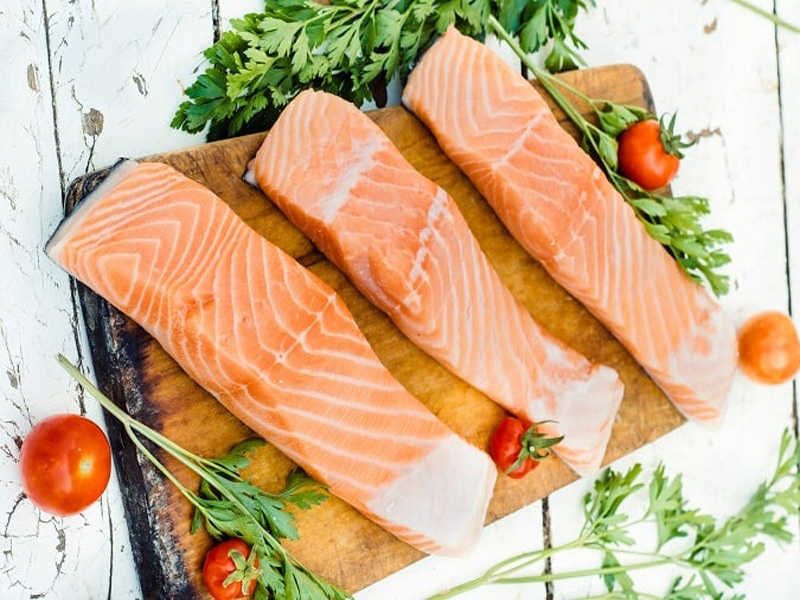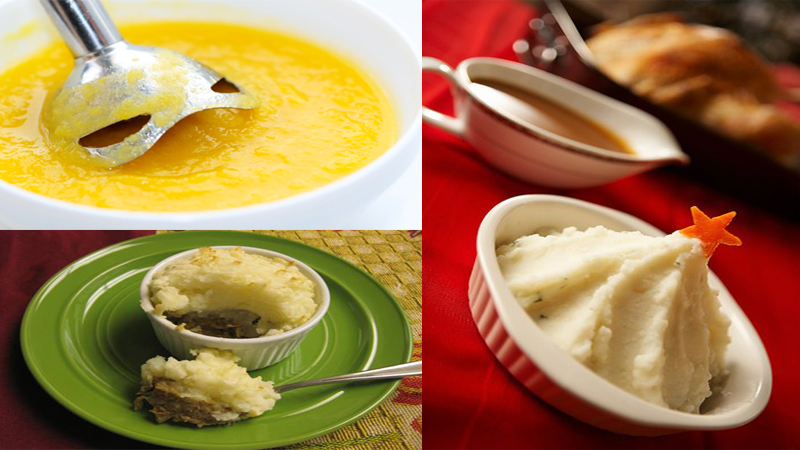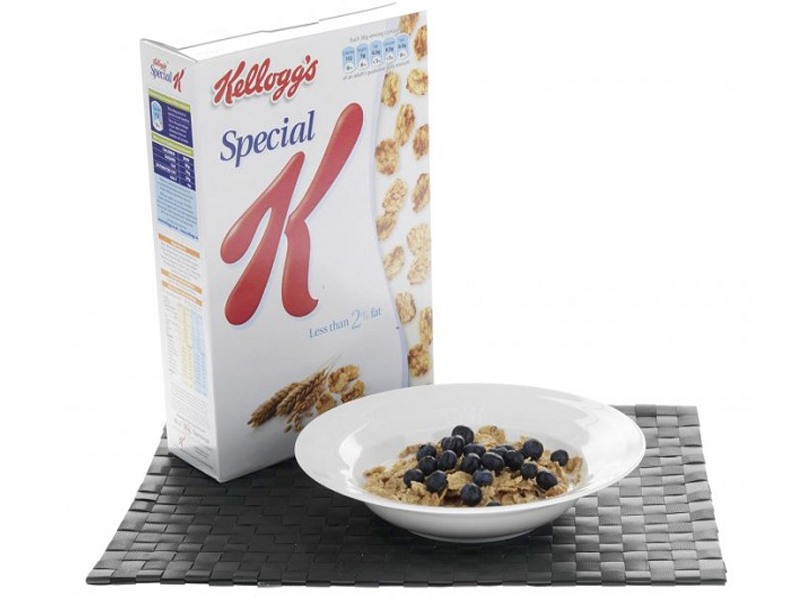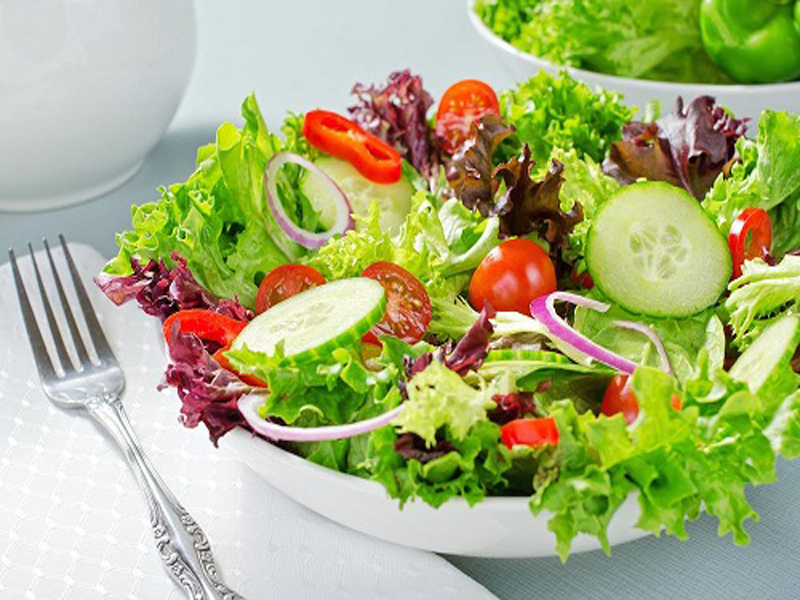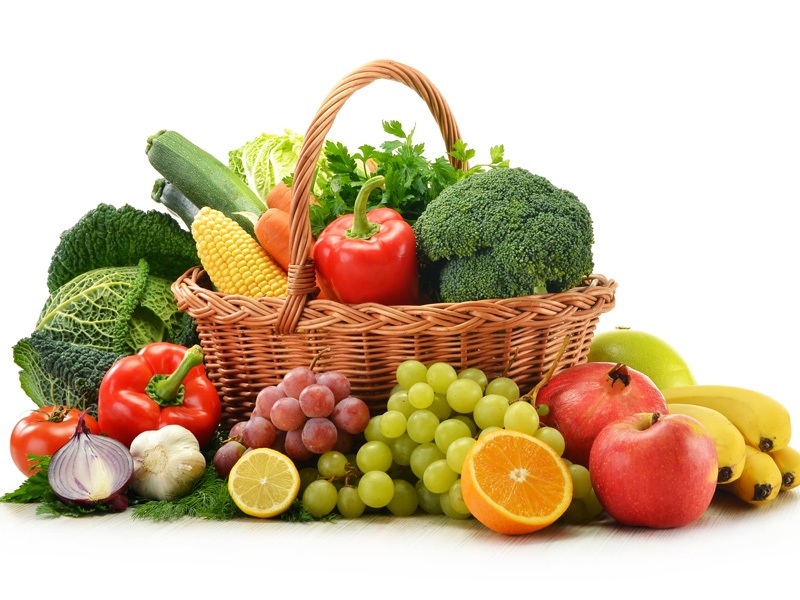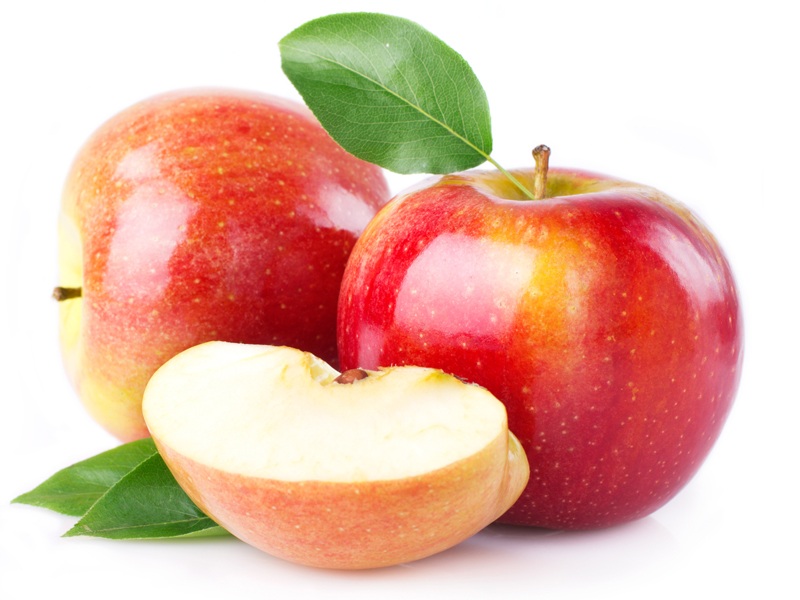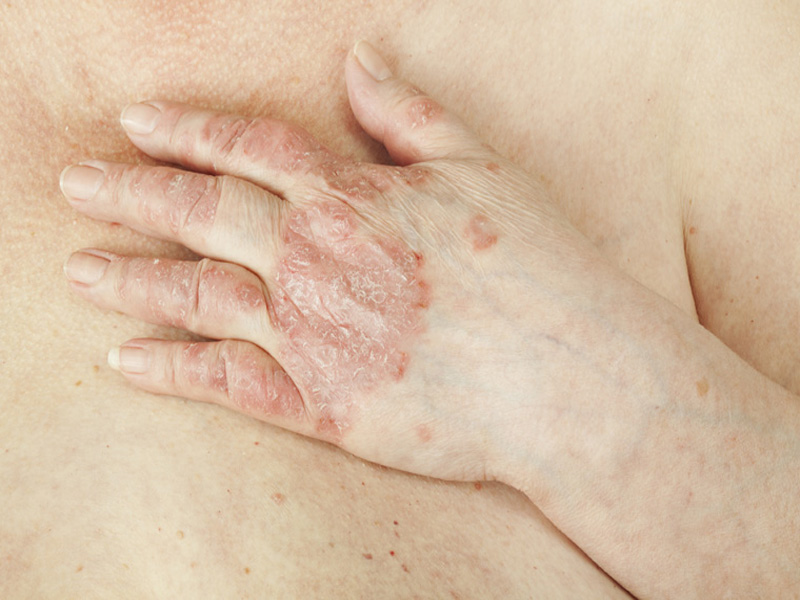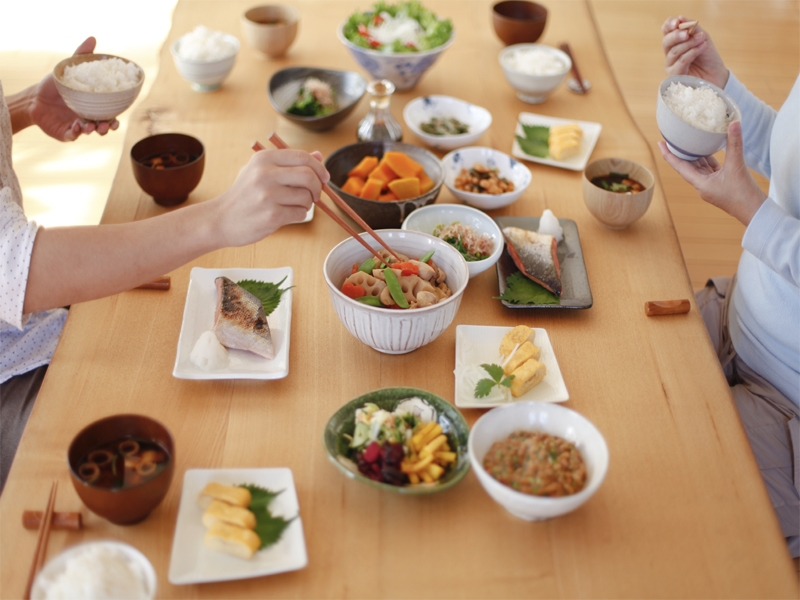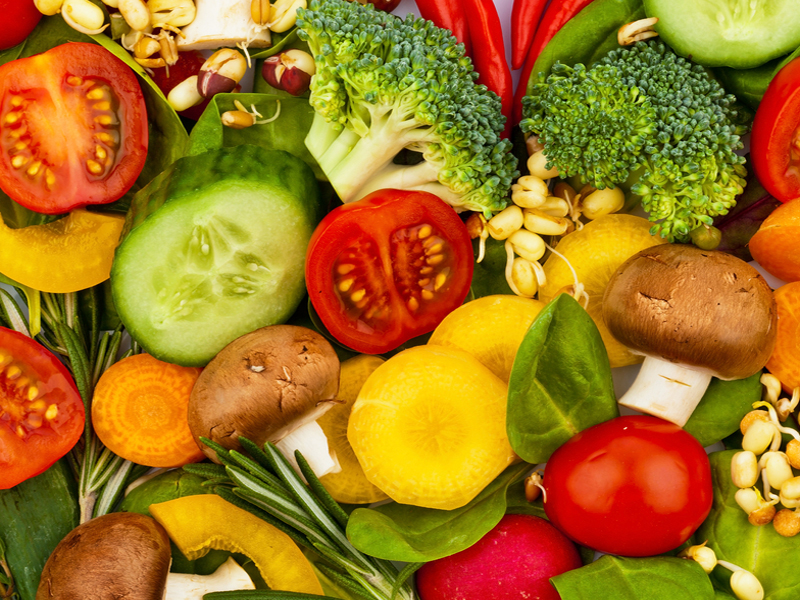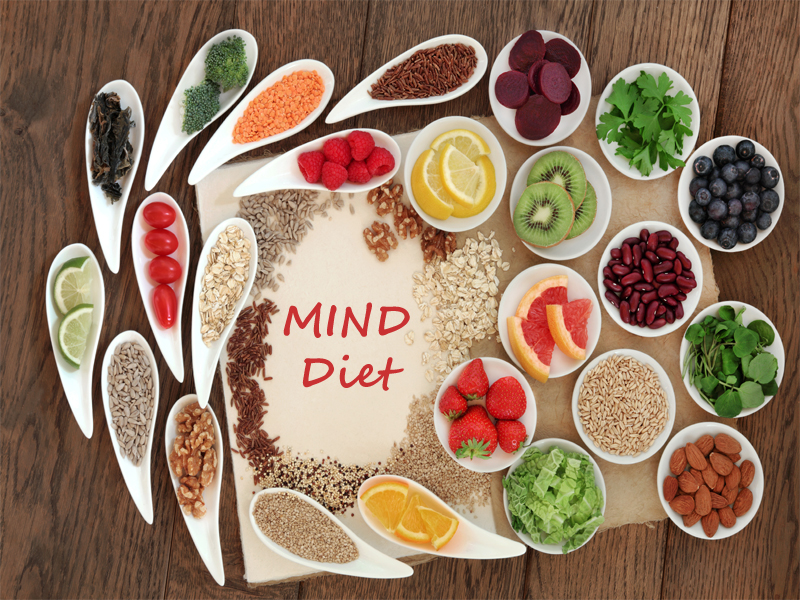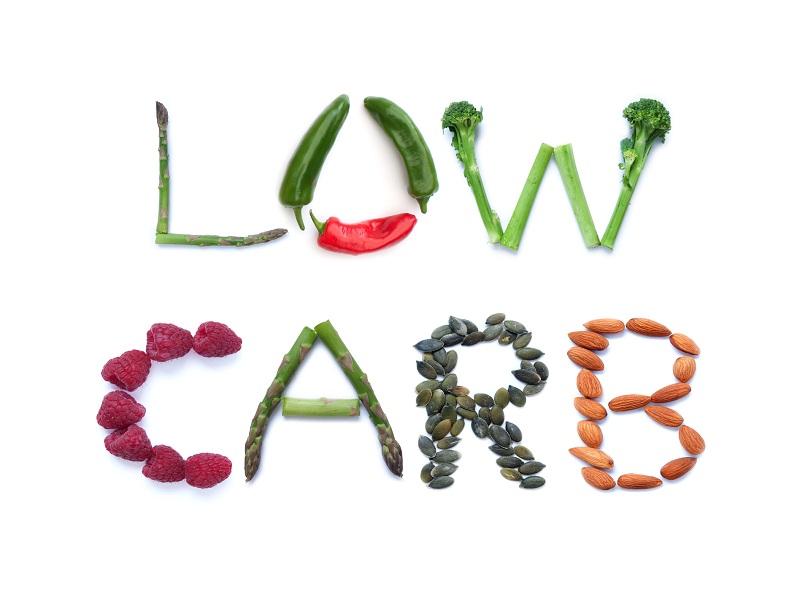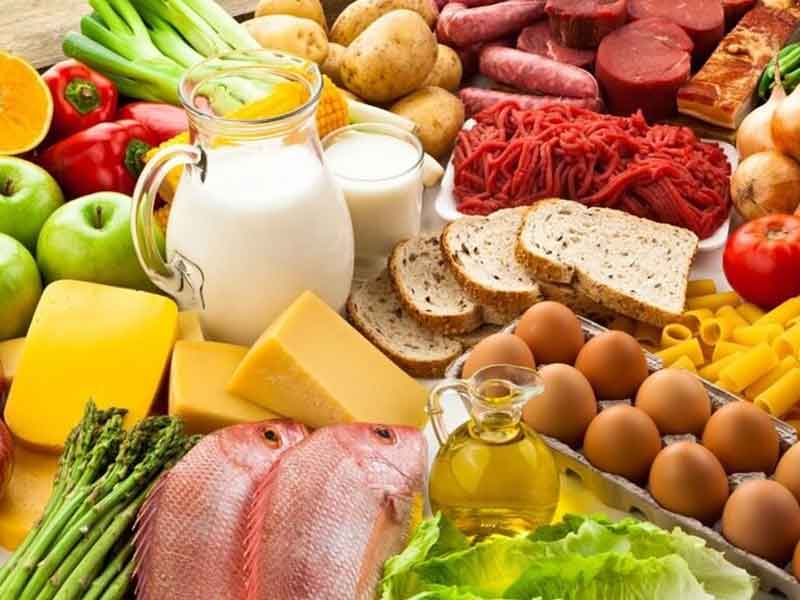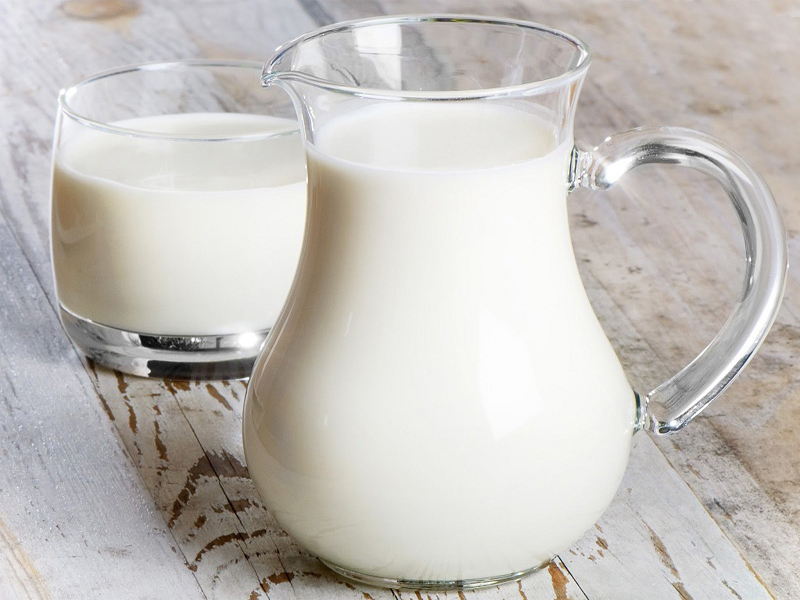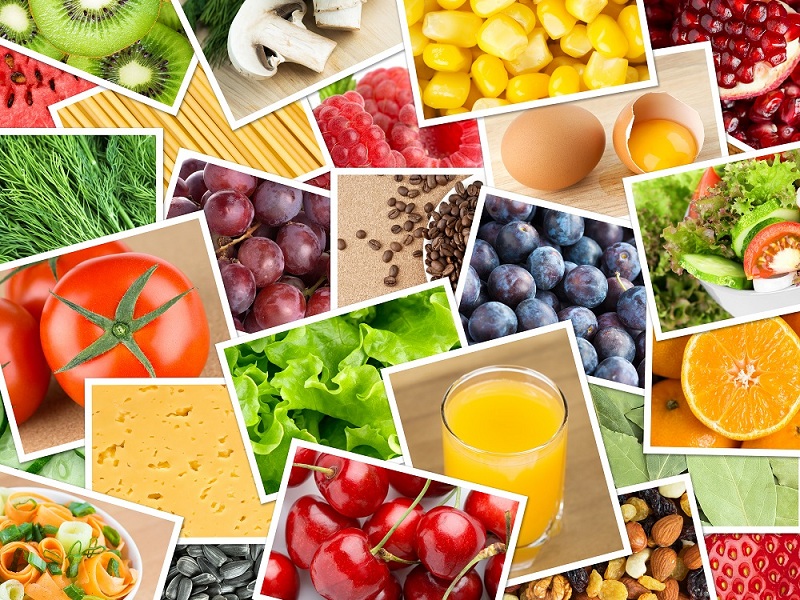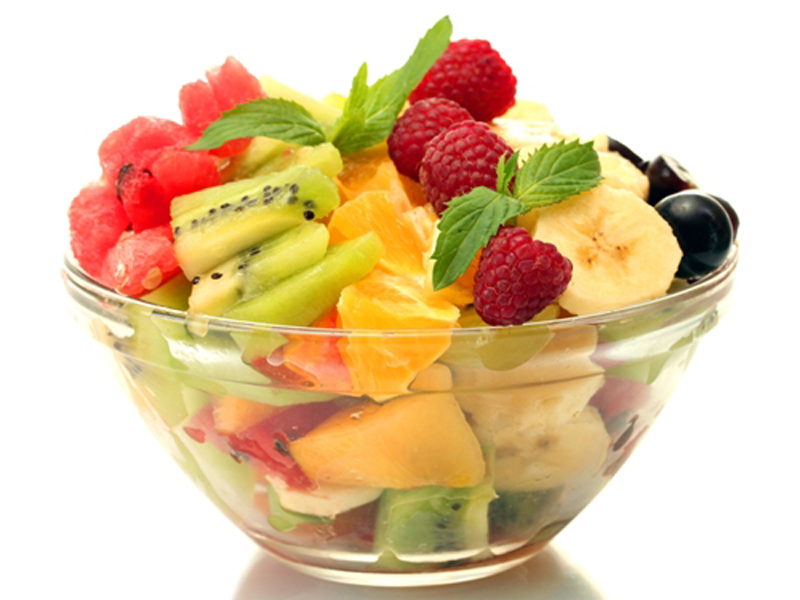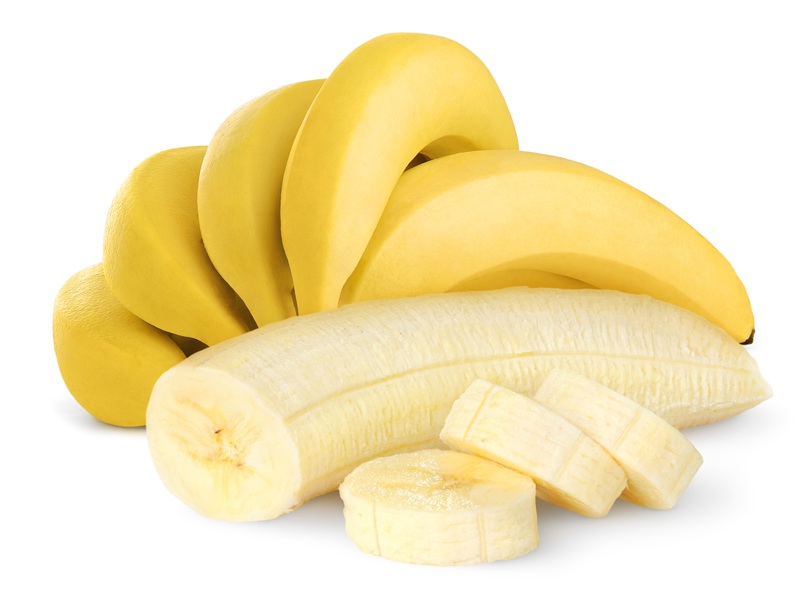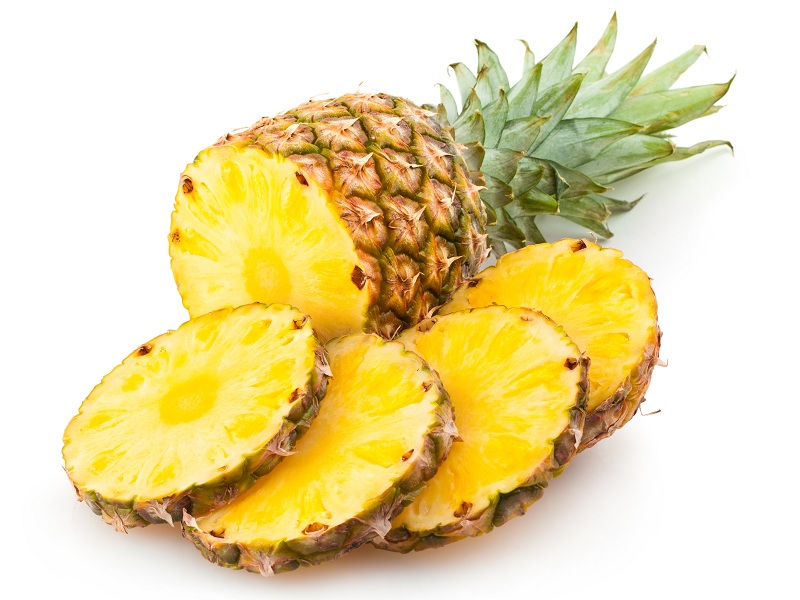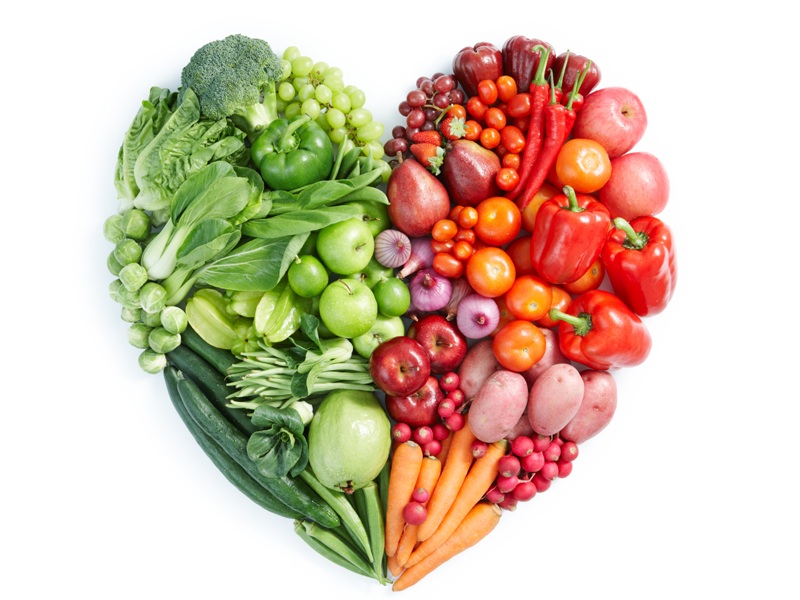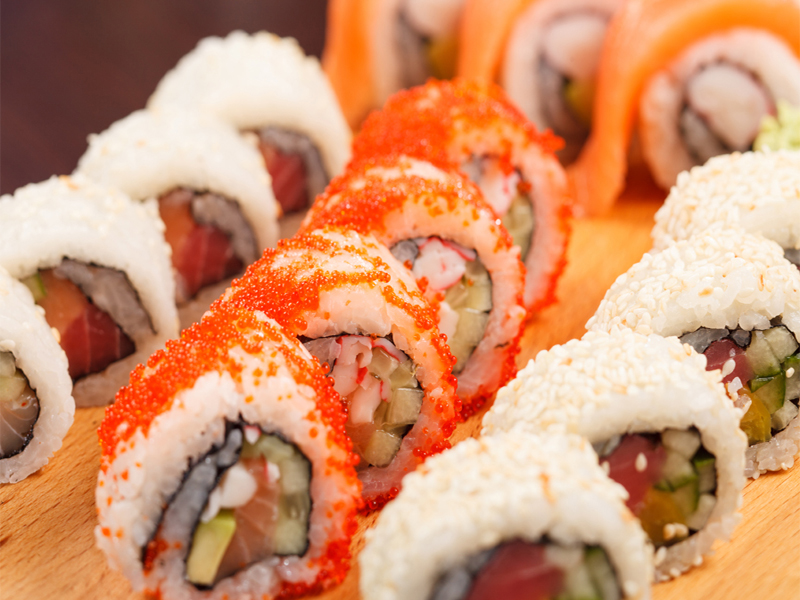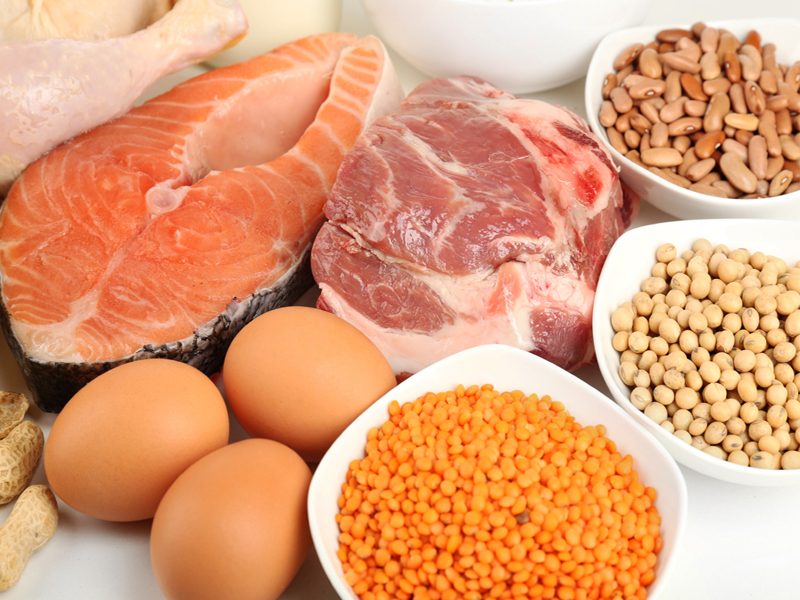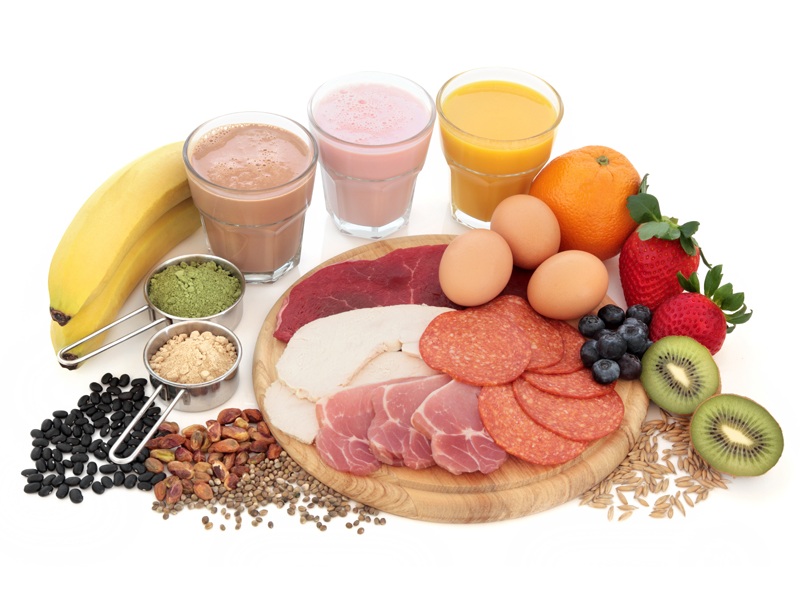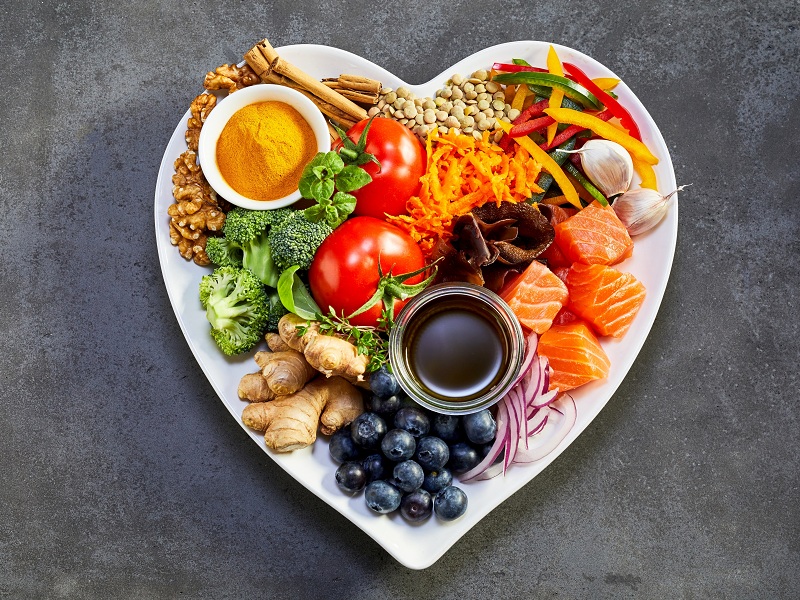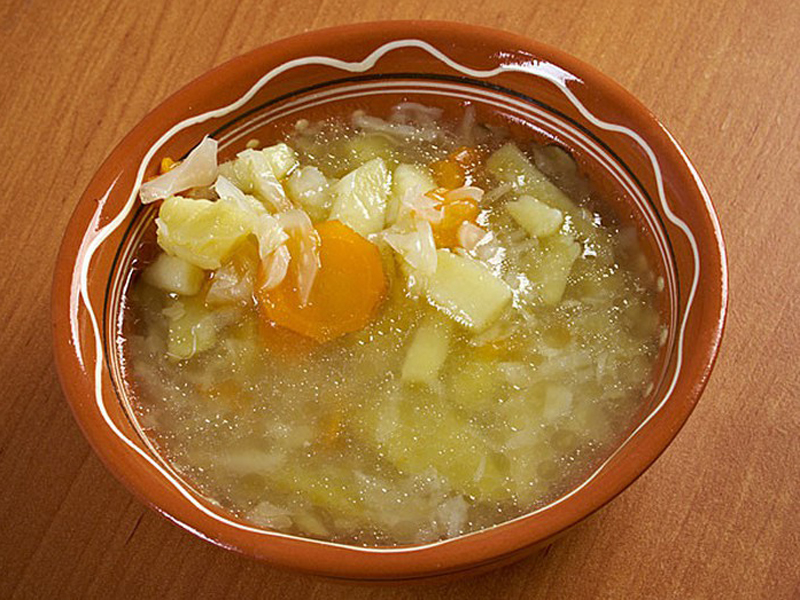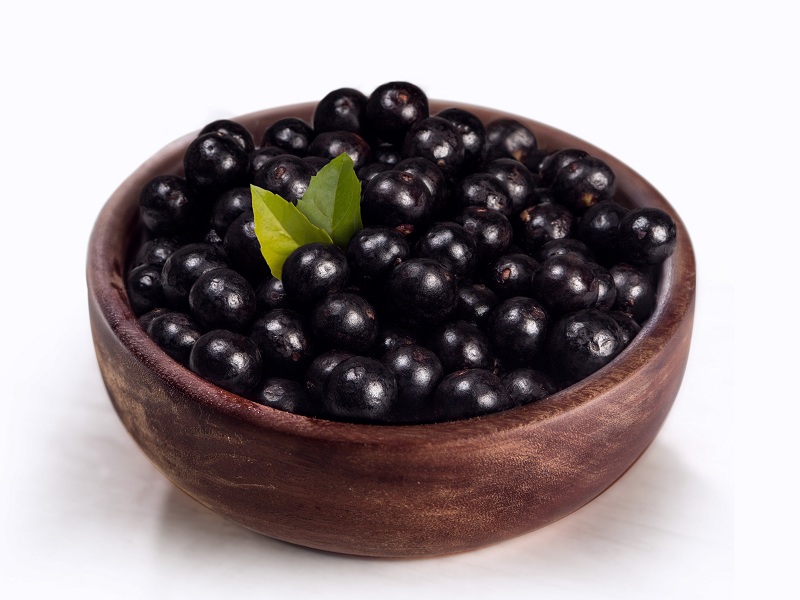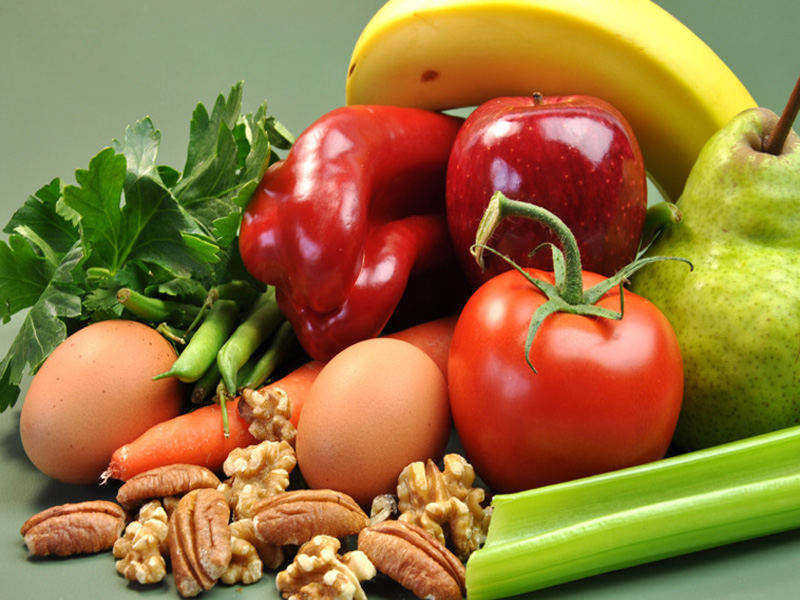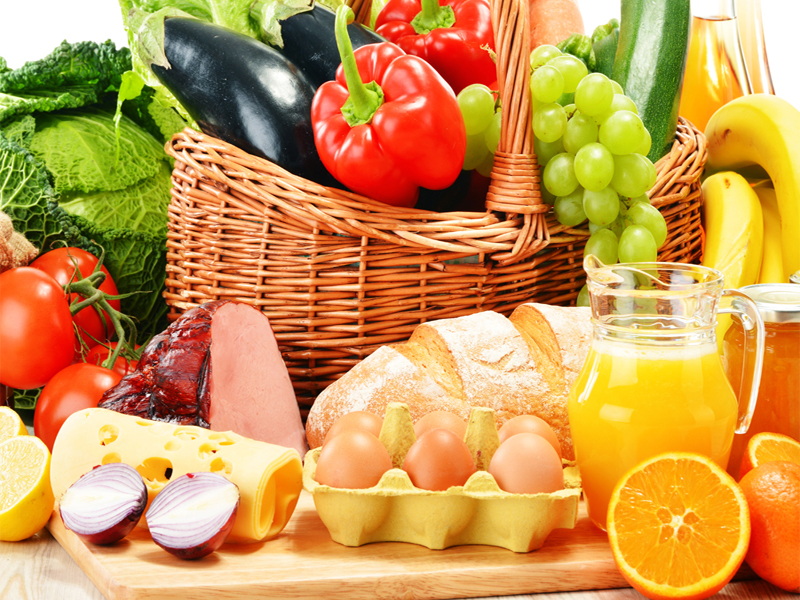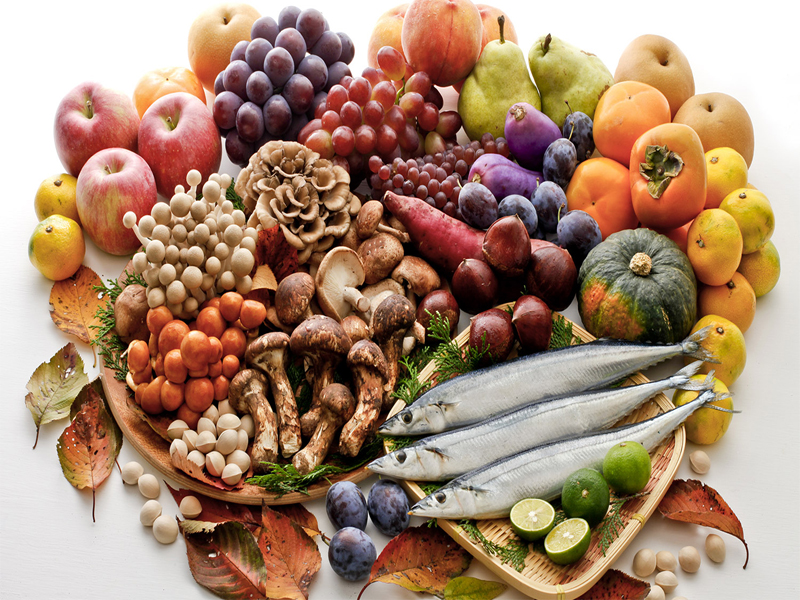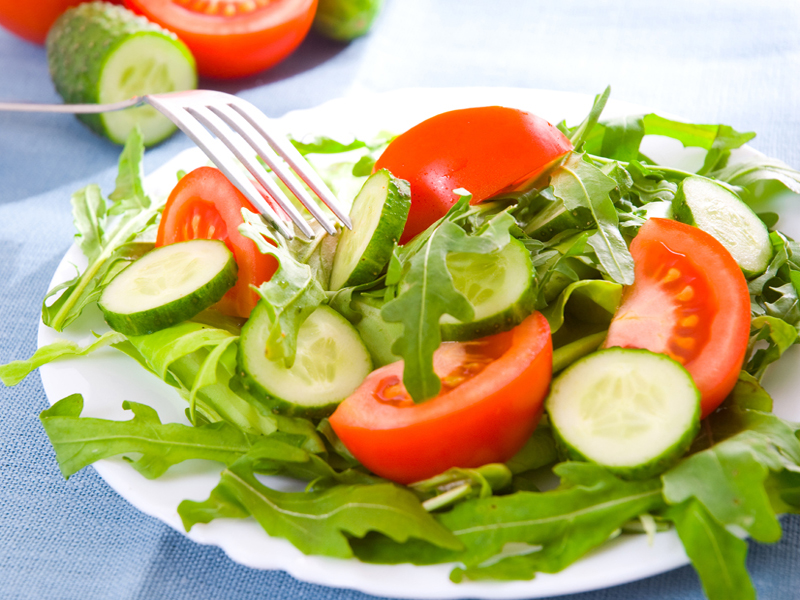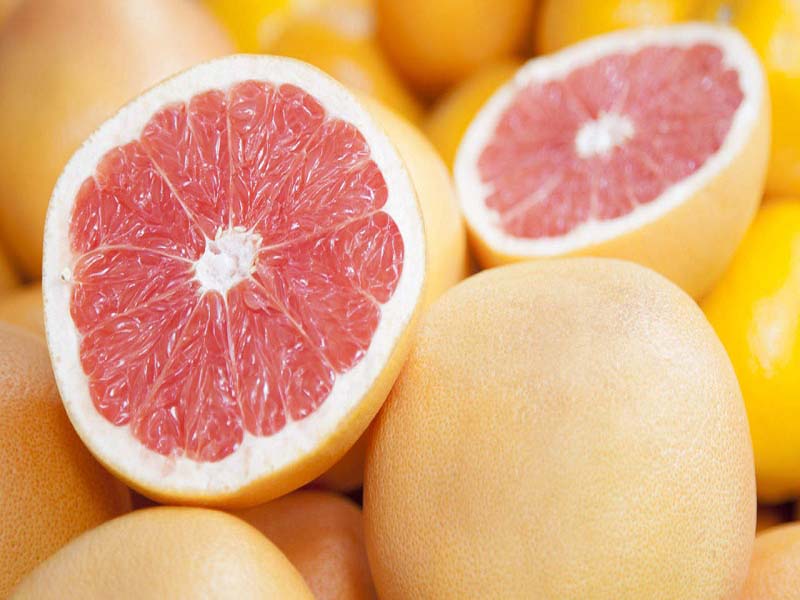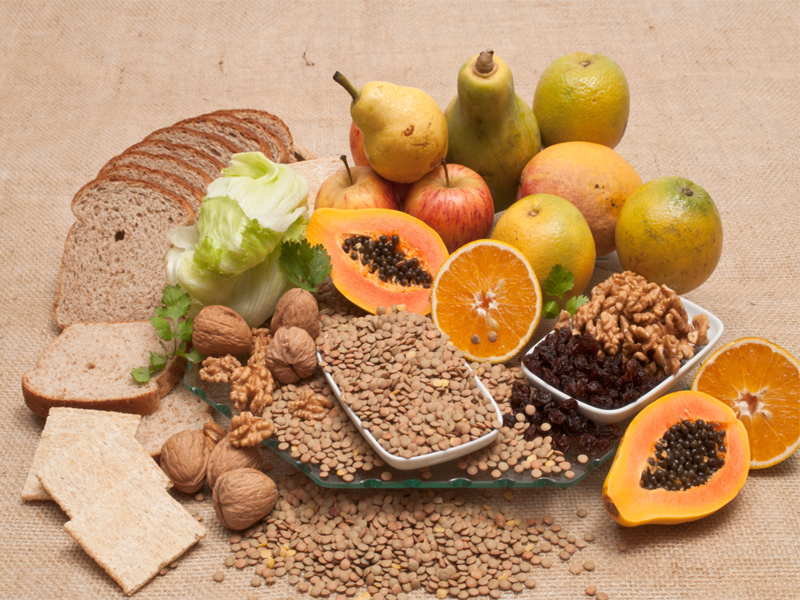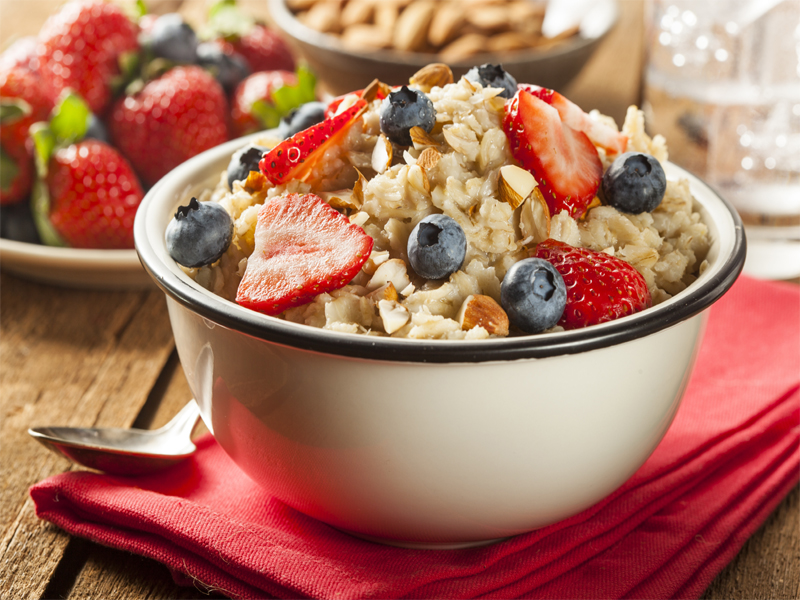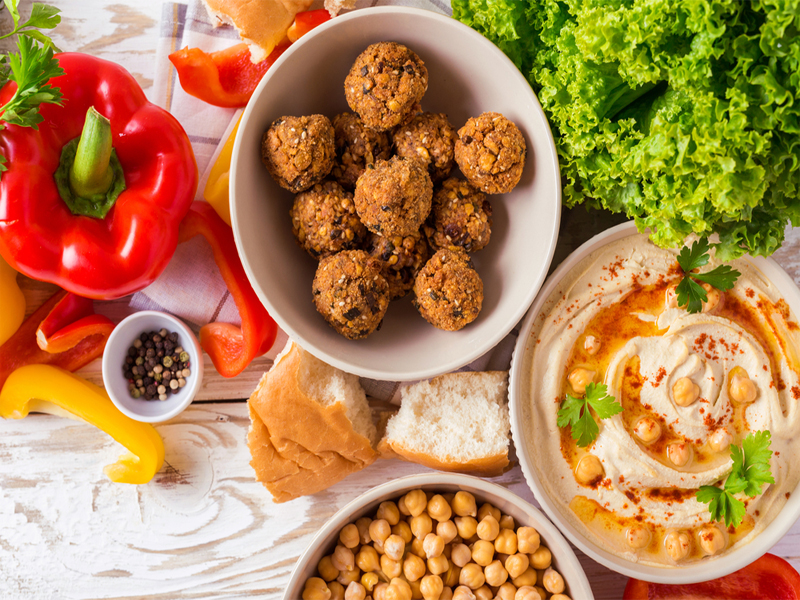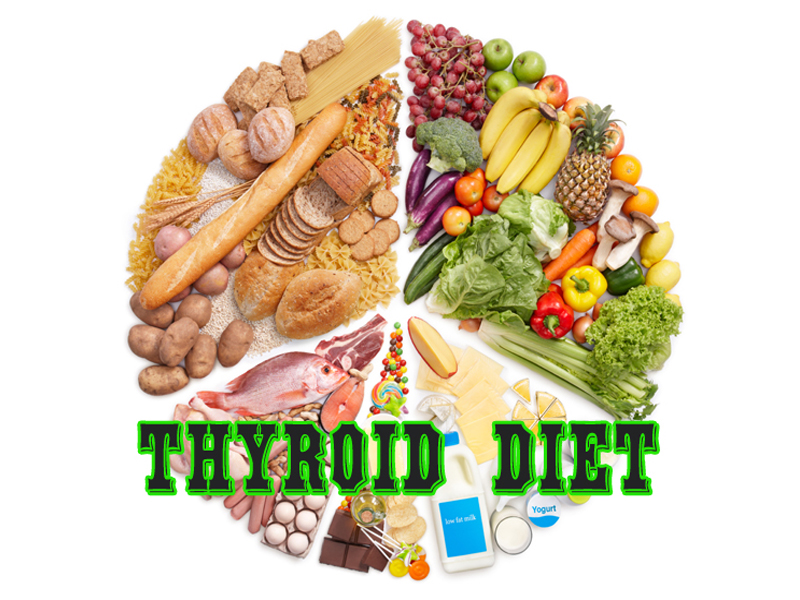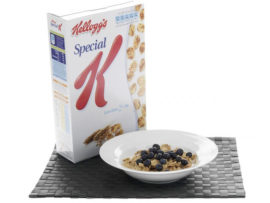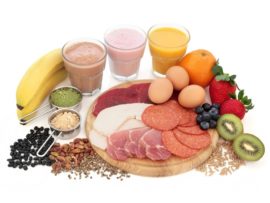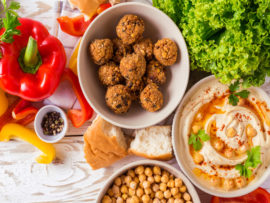Ever thought about how much of nutritional value and proteins those tiny-looking nuts carry? Well, they only look tiny but are abundant in proteins and other important supplements your body needs. They are sometimes roasted or simply eaten salted. Nut fruits are another all-time favourite snack that has an inedible shell outside and an edible seed inside. These dried seeds are called nuts. A typical serving of 100 grams of this fruit nut consists of approximately 605 calories with zero cholesterol and 54 grams of fat. The types of nuts include a wide variety of tiny ones like almonds. Hazelnuts, poppy seeds, pine nuts, pecans, pistachio, coconut, cashews etc. Even the pumpkin seeds, sesame seeds etc., fall under one roof called nuts.
Nuts are good sources of fibres and other essential nutrients like vitamin B and E. Iron and zinc are the minerals found in them, along with anti-oxidant minerals and compounds. You could eat them guilt-less (suggested serving) for a good amount of energy, whose monounsaturated fatty acid content will fight the bad cholesterol of your body. The omega-3-rich nuts have anti-inflammatory properties.
Types of Nuts and Their Facts:
Nuts are an all-time favourite for many of us. They are not only nutritious but also good powerhouses of proteins and other vital supplements for the body. Check out some types of nuts that have proven health benefits and thus should be a part of your diet too!
1. Acorn:
Acorn is also known as oak nut and is a product of origin from the USA, South Carolina. It contains one seed inside that is protected in one tough shell in a cup-shaped capsule. For a serving of 100 grams, they contain 380 calories, with a total fat of 24 grams and zero cholesterol. They are known to improve digestion and regulate blood sugar levels. They contain proteins, carbohydrates and fats.
Side Effects: Stomach upset and poisoning because of the oak toxicity happens and thus be vary of it.
2. Almonds:
Almonds are thought to have originated from China and Central Asia, although the original ancestry has not been traced. One of the widely attested powers of almonds has to do with increasing brain power. They also aid in hair growth. Some of the compounds they contain help in regulating dopamine. Dopamine is known to uplift the mood and sharpen memory. A 100-gram serving of almonds contains approximately 570 calories, with zero cholesterol and about 50 grams of fat. It is best to have a maximum of three per day, either raw or throwing them into your daily salad.
Side Effects: Excess intake can, however, lead to weight gain.
3. Beechnuts:
They are of Indo-European origin. Beechnuts have spikes on their exterior and a husky texture that opens when it is ripe and contains two small nuts. They are triangular in shape and is best for stimulating hair growth. It also maintains the health of the skin. It is known to protect the immune system and detoxify the kidneys. A serving of 100 grams contains about 570 calories and 50 grams of fat. It has a good content of vitamin C and iron.
Side Effects: Abdominal pain and vomiting is one side effect you need to be careful of.
4. Brazil Nuts:
They are native to Eastern Colombia, Eastern Peru and Eastern Bolivia. They are also seen as large trees that are scattered in the large forests on the banks of the Amazon River and Rio Negro. Brazil type of nuts have the power to maintain the selenium level in the body, and thus one or two Brazil is probably all that you need to have in a day. Selenium is known to work on many different things, like your mood to even swelling and inflammation. A 100-gram serving of Brazil nuts will give about 650 calories and a total of 65 grams of fat, with zero cholesterol. It contains a good amount of Magnesium, calcium, iron and vitamin B-6. Snack them on at any point of the day.
Side Effects: Nausea, brittle nails and hair loss are the popular side effects associated with a high intake of the nut.
5. Butternut:
The tree is native to Eastern North America, all the way from Southern Quebec, down to Alabama, to Minnesota and Arkansas. Butternut is also known as white walnut. The bark of its plant has medicinal properties and is used for medicinal purposes. Butternut is generally consumed for any gall bladder disorder, constipation and for other infections caused by bacteria and parasites. It works as a laxative and thus helps push stool out of the body. It is, therefore, best to avoid eating this when you are pregnant. A serving of butternut will give high vitamin C content, along with niacin and vitamin A.
Side Effects: It is also a laxative and can trigger diarrhoea. This is a side effect to watch out for.
6. Betel Nuts:
The betel nut is also referred to as areca nut and grows in Tropical Pacific that including Melanesia and Micronesia. It is also grown in Southeast and South Asia and parts of East Africa. Did you know that betel nuts also have positive effects on the body? It has benefits like stroke recovery, anti-cavity effect and also prevents anaemia. It is chewed along with betel leaves and is considered good for oral hygiene and saliva production. Betel nut is also a good remedy for the dry mouth effect. For a 100-gram serving, it gives roughly 340 calories and contains high potassium, calcium, magnesium and iron content. Sodium and niacin are also present, along with vitamin B1 and B2.
Side Effects: Betel nuts have the potential to stain your teeth and lips. So, watch out for how much you take in.
7. Candlenuts:
The exact origin of candlenut is unknown; however, it is widely grown in parts of Malaysia, Indonesia, Hawaiin Islands and the Maluku Islands. Here is something that looks like macadamia nuts but tastes different. It has been good medicine for dysentery and diarrhoea. Headache, toothache and fever also are taken care of by the nut. It is high in Vitamin A, B1, folate and phytosterol, one that will prevent building cholesterol.
Side Effects: vomiting, abdominal pain and dehydration are the common side effects of taking them in excess.
8. Cashews:
Do we really need a reason too much on some cashews? Cashews originated in Brazil and made its way to India and East Africa via Portuguese sailors. They help in preventing cardiovascular diseases and contain a good amount of fibre, protein and other heart-friendly and healthy fats. They contain a good amount of magnesium, vitamin B-6 and calcium. 15 cashews a day is a good serving that will contain approximately 550 calories and 45 grams of fat.
Side Effects: The magnesium content in cashews mix with diabetic medications and thyroid medications, thus creating adverse effects for the body.
9. Chestnuts:
The Chestnut originally were cultivated in Asia Minor. The Romans later expanded their cultivation. Chestnuts contain only 130 calories for a serving of 100 grams with a total of 1 gram of fat. They are, however, high in vitamin A, B-6, magnesium, iron and calcium. Chestnuts help in building stronger bones and promote healthy digestive health. They also have antioxidant properties making it a good edible mid-day snack.
Side Effects: Stomach upset, dizziness and headache are the common side effects associated with eating excess chestnuts.
Read: Are Water Chestnuts Good for You
10. Chilean Hazelnut:
This one comes split and is usually toasted before eating. It is known to grow well in New Zealand, and California and its roots are not entirely traceable. It has high vitamin E content and has some wonderful benefits for the skin. They are also used in cooking and is frequently used in desserts. A 100-gram serving of Chilean hazelnut will provide you with approximately 600 calories of energy with 60 grams of fat. It has a good amount of protein and dietary fibre along with vitamins B2 and B3. Since they are packed with essential oils in them, they are a good way to keep your skin looking healthy and hydrated.
Side Effects: Watch out for signs of vomiting and skin rash.
11. Coconuts:
Coconuts were first cultivated in the Islands of Southeast Asia, Philippines, Indonesia and Malaysia. In the Indian Ocean, the Southern Periphery of India, Sri Lanka and the Maldives were other likely grown areas. Another good nut to include in your diet is coconut, that has about 350 calories for a 100-gram serving with 30 grams of fat. Coconut is rich in iron, vitamin B-6, magnesium, vitamin C and calcium. It is anti-viral, anti-fungal and anti-parasite. It is a good source of nuts for improving your digestion woes. Coconut increases good cholesterol and provides protection against heart disease.
Side Effects: It can cause allergies and weight gain. It is high in calories and contains a high amount of sugar.
12. Coquito Nuts:
It is native to the coastal valleys of Chile. Coquito nuts may be rare to find, but a serving of 100 grams contains around 110 calories and 10 grams of fat. They are high in dietary fibre, carbohydrates, sodium and saturated fat. They look like mini coconuts and are the size of marble. It is a product of Chile and can be eaten by blending them in a mixer and sprinkling them on your dessert.
Side Effects: Watch out for any sudden allergies you may develop after eating them.
13. Ginkgo Nuts:
Ginkgo nuts are native to China and is widely cultivated. The leaf extracts from the Gingko tree is a powerful antioxidant and contain flavonoids and terpenoids that safeguard the body against oxidant compounds, which otherwise have the potential to damage body cells. It gives you roughly about 180 calories for a 100-gram serving and about 1.5 grams of fat. It is rich in vitamin B6, vitamin A, vitamin C and iron.
Side Effects: Too much of serving causes dizziness, nausea and headache.
14. Hican:
Hican is typically a cross between pecan and other types of hickory or the type of nut from a hybrid tree. These crosses are known to occur naturally. Hican trees, however, have the potential to grow up to 60 feet and may take about 10 years to produce a crop.
15. Hickory Nuts:
They are common in the Southern Appalachian and have also been regarded as the place of origin. Hickory nuts fall from the hickory trees. The type of nut protects your heart and for those of you looking to gain weight naturally, here is something to munch on. They are also known to boost metabolism and increase circulation. A single serving of hickory contains about 18 grams of fat and more than 5 grams of carbohydrates for a 4-nut serving. These complex carbohydrates will not cause fluctuation in insulin and glucose levels, thus preventing the occurrence of diabetes.
Side Effects: Watch out for allergies that may arise out of consuming hickory nuts.
16. Kola Nuts:
It is native to the tropical rainforests of Africa. Kola nuts is of the size of a chestnut and has a bittersweet when you start to chew. It gets sweeter with more chewing. The kola nut powder aids in digestion. The type of nut is also known to boost metabolism with its caffeine content. In folk medicine, kola nuts are used for cough by grounding it well and mixing it with honey. They contain caffeine, tannic acid, and theobromine.
Side Effects: Breathing difficulties and stomach upset are two popular side effects of kola nuts. In case you have difficulty sleeping at night, avoid taking them before your bed timings, as the caffeine content in them will keep you awake.
17. Macadamia:
Macadamia is indigenous to Australia. It contains some of the important nutrients and minerals needed for your body. It has vitamin A, B, protein, healthy fats, iron, folate and other powerful antioxidants. For a 100-gram serving, it provides your roughly 700 calories of energy with zero cholesterol. These types of nuts are rich in monounsaturated fatty acids that make the platelets not attach to each other and thus less likely to form clots in the blood vessels. It also helps in weight loss as they have low carbohydrates.
Side Effects: Allergy is a common side effect of consuming too much of macadamia. Always go for the unsalted one, as the salt content in salted ones can increase your blood pressure.
18. Malabar Chestnut:
Malabar chestnut is native to Southern Mexico and Northern Brazil. It is easy to grow and bears quickly. Even the flowers of the plant are edible along with their leaves. The flowers have a nutty flavour. The flowers are used in curries and fries when they freshly fall from the plant. It has high protein content, and the of nuts are eaten as either toasted or slightly fried. This type of nut is sometimes dried and powdered, later added to bread and cakes.
Side Effects: Watch out for allergies and skin irritation. However, a serving of 100-gram will do no harm.
19. Mongongo Nut:
It is distributed across subtropical Southern Africa. The mongongo nut is an egg-shaped nut borne by the mongongo tree. The fruit of it is thick and hard protection that encloses the edible fruit. This flesh inside has proven to be extremely beneficial for the skin and hair. It is nutritious, and the oil in its linoleic acid provides excellent regeneration, hydrating and restructuring properties for your skin. The nut contains 57% of fat, out of which 17% is saturated fat. It is rich in proteins and provides you with about 17% of it in a 100-gram serving. Besides this, the kernel is rich in copper, zinc and calcium.
Side Effects: Skin irritation and allergy are the common side effects when you overconsume them.
20. Peanuts:
It originated in Peru or Brazil, and South America. However, there are no solid proofs to attest to this. Peanuts are an all-time movie snack nut. They are rich in energy and also offer the best protection for the skin. They contain high levels of monounsaturated fat and polyunsaturated fat that will keep your heart healthy. Peanuts are good sources of folate, and thus women who consumed them before pregnancy had a lower risk of a baby being born with a neural tube defect.
Side Effects: Here is something you need to watch out for. Excessive consumption may lead to gas, heartburn and also food allergy. Allergic reactions like tingling sensation in the mouth along with swelling of the face.
21. Pecans:
Pecan is widely grown in Alabama, Arizona, California, Florida etc. they are storehouses of some of essential vitamins and minerals such as potassium, calcium, manganese, iron and zinc. They have oleic acid as the monounsaturated fat and also antioxidants that will help reduce heart disease of any sort. Pecans are also rich in fibre, thus reducing the risk of coronary heart disease.
Side Effects: hives, swelling of the throat and breathing problems are some of the common side effects. The side effect is the result of histamine, a chemical in the body.
22. Pine Nuts:
Pine nuts originated in Europe. This is a delicious snack that will also aid in weight loss! It contains a range of health benefits for the body. They are known to improve cardiovascular health, as they are rich in monounsaturated fat that will lower cholesterol in the blood. It will increase good cholesterol. It also contains oleic acid that will help the liver expel triglycerides from the body. They are rich in antioxidants and thus helps the body build resistance against infection and virus. A 100-gram serving contains about 670 calories along with 13 grams of protein and zero cholesterol. It is rich in vitamin A and E, with little quantity of vitamin C. Minerals such as calcium, copper, iron, and magnesium are high in pine nuts.
Side Effects: The well- known side effect is pine mouth syndrome, that gives a bitter taste in the mouth upon regular consumption. It is, however, not harmful. Other side effects of this type of nut include diarrhoea and skin itching.
23. Pistachio:
Don’t we all love pistachio? Here are some reasons to eat them often. Pistachio originated in Western Asia and Asia Minor, from Syria to Afghanistan. They are good sources of fibre, vitamin B6, potassium and antioxidants. They are known to lower cholesterol level and promote weight loss. Pistachio help in eye and blood vessel health. A 28-gram serving of pistachio will provide you with roughly 150 calories and 6 grams of proteins. They also contain high doses of copper along with 17% of manganese in them. Thiamin and phosphorous are also present, along with healthy fat.
Side Effects: They are known to cause gastrointestinal problems. They contain fructans which disturb the digestive system that will and lead to diarrhoea and bloating along with abdominal pain.
24. Walnuts:
Here is another popular type of nut that is good for the heart. The English walnut originated in Persia, while the black variant originated in Eastern North America. It has a good level of omega-3, which can be beneficial for the cardiovascular system. It boosts immunity with the help of the antioxidant property it carries. The alpha-linolenic acid in them promotes stronger and healthy bones. It also contains folates, roiboflavin, and thiamin that are necessary for the expecting mother and her baby (suggested serving).
Side Effects: Your Body Mass Index and Weight will get altered. It promotes weight gain. It can lead to rashes and swelling. Pregnant mothers who are breastfeeding need to go minimal on their consumption.
25. Yeheb Nut:
Ever heard of this? Well, yeheb nuts contain proteins and is rich in amino acids. It is widely known to the Somalian nomads for a long time, while the exact origin is not known. It also has oleic acid. Yeheb nut is grown mostly in Ethiopia and is exotic in Kenya, Sudan, Israel etc. The leaves of the plant are used for brewing tea, and studies have shown that it improves the production of erythrocytes and is thus used as a remedy for anaemia. It has a good content of sodium, potassium, chlorine and phosphorous.
A handful of nuts a day is a good way to begin healthy living. While some of them are popular tea time and mid-day snacks, some types of nuts are true energy givers and is lifesaving. They are known to protect your heart and many other parts of your body. It is time we bunk the junk and consider eating nuts as time pass. Start living healthy today, and the rest of the goodness you need will surely follow.


